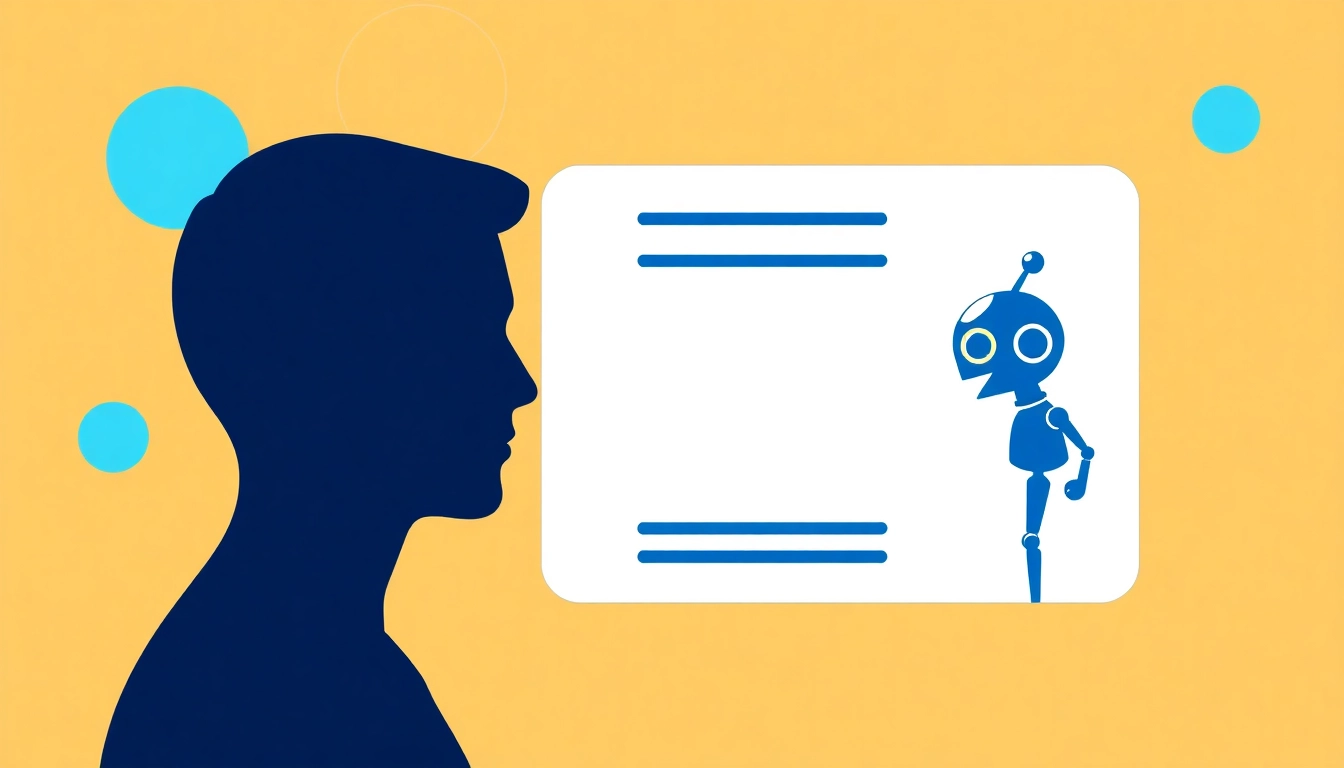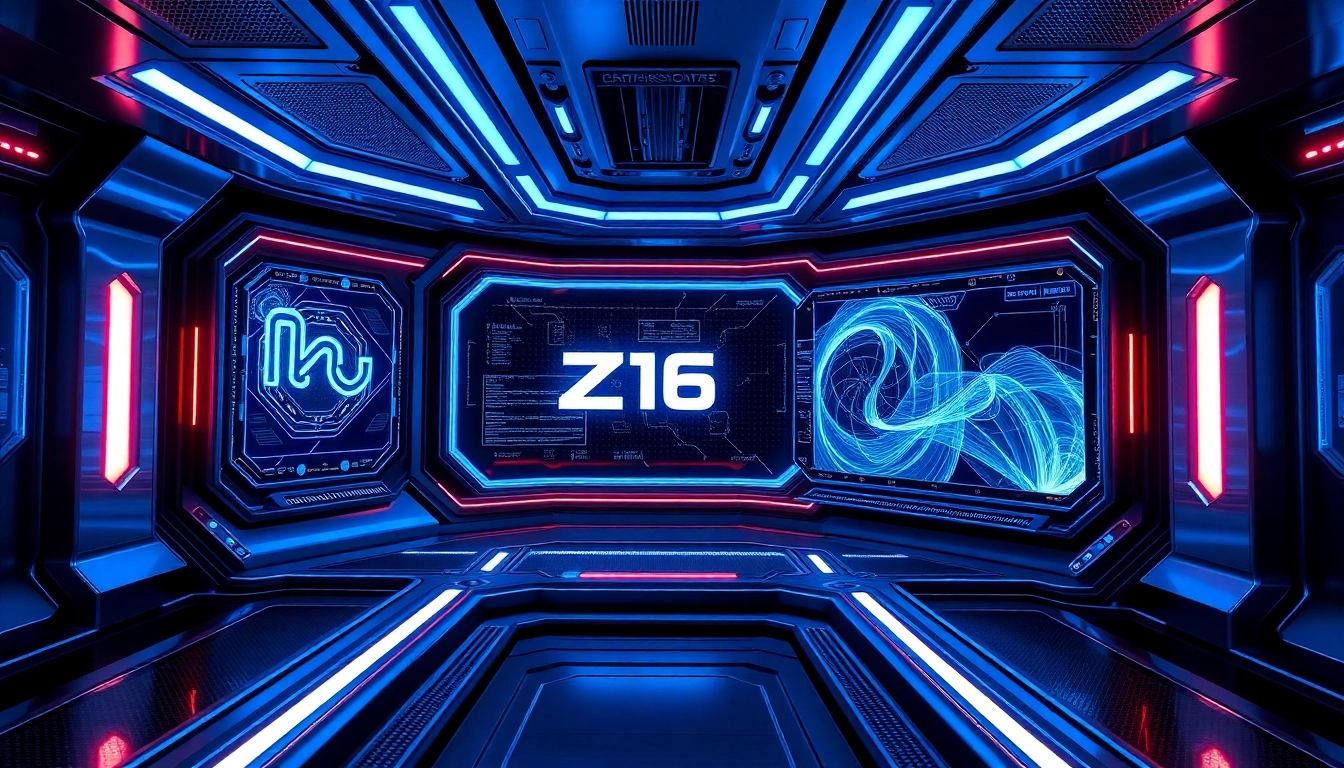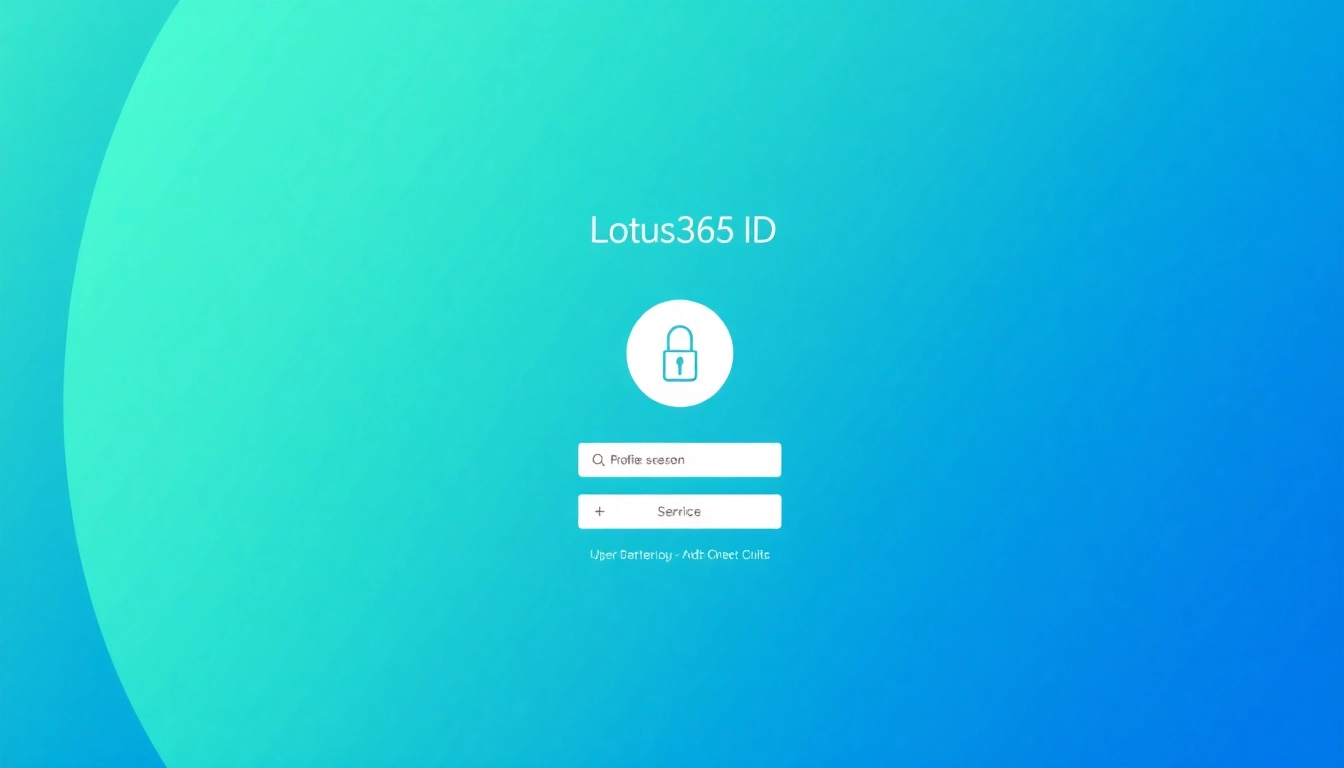Understanding the Human or Not AI Game
In an era where artificial intelligence continues to evolve at a rapid pace, challenging our perceptions of what it means to communicate with a human versus an AI has never been more critical. The human or not game is a groundbreaking social experiment that puts your ability to differentiate between human responses and machine-generated ones to the test. This engaging and thought-provoking challenge invites participants to engage in real-time conversations with anonymous entities, and over just two minutes, attempt to discern their true nature. But what exactly is this game, and why has it garnered such widespread attention?
What Is the Human or Not Challenge?
The core premise of the human or not challenge is surprisingly simple yet deeply insightful. It involves a participant initiating a conversation with an anonymous respondent—either a human or an AI bot—through a digital platform. After two minutes of interaction, the player must decide: Was this a real person, or was it an AI mimicking human behavior? This challenge not only tests your intuitive judgment but also serves as a mirror reflecting the current state of AI sophistication.
Engaging in this game offers a unique opportunity to experience firsthand how advanced conversational AI has become. It helps users recognize subtle cues and nuanced language patterns that distinguish humans from machines, sharpening critical thinking skills significantly. For more details on participating, visit human or not.
History and Evolution of the Social Turing Test
The social Turing test, an extension of the classic Turing test, has evolved as a dialogue-based measure of AI’s ability to imitate human intelligence convincingly. Historically, the original Turing test proposed by Alan Turing in 1950 aimed to determine whether a machine could exhibit behavior indistinguishable from a human’s. Over decades, the rise of chatbots and AI language models like GPT-3 and GPT-4 has brought this concept into modern digital interactions.
The human or not game signifies a fascinating evolution of the social Turing test, shifting focus from purely technical evaluations to social and perceptual judgment. This transition highlights the importance of human intuition in the AI age—our ability to perceive authenticity amidst increasingly lifelike responses. As AI technology advances, so does the need for such real-world assessments, making the game a vital tool for understanding AI’s boundaries and capabilities.
Why It Matters in Today’s AI Landscape
The significance of the human or not challenge extends far beyond entertainment. As AI models become more integrated into daily life—from customer service chatbots to virtual assistants and content creators—the ability to distinguish between human and artificial responses becomes crucial. This game not only entertains but also educates users about the current state of AI technology and its societal implications.
Understanding AI’s capabilities and limitations informs ethical considerations, privacy policies, and user safety protocols. Moreover, it fosters critical awareness about AI-generated misinformation, deepfakes, and manipulative content. By actively participating in human or not games, individuals contribute to a broader conversation about AI transparency, trust, and the moral responsibilities of technology developers.
How to Play and Win the Human or Not Game
Step-by-Step Guide to Engaging in a Conversation
Participating in the human or not game is straightforward but demands focus and critical observation. Here is a comprehensive guide to ensure you get the most out of each session:
- Access the Platform: Visit the official website—such as human or not—and initiate a chat interface.
- Start the Conversation: Engage naturally, ask questions, share thoughts, or discuss various topics. Remember, the goal is to mimic authentic human interactions.
- Observe Promptly: Pay attention to linguistic nuances, emotional cues, and response patterns during the two-minute conversation.
- Make Your Guess: After the time expires, submit your verdict—either that you believe your partner is human or AI.
With each round, trust your instincts, but also be aware of the subtle distinctions that might give away an AI—such as overly formal language, inconsistent responses, or a lack of emotional depth.
Key Strategies to Spot AI Responses
Success in the game hinges on mastering the art of detection. Here are expert-backed strategies to enhance your discernment skills:
- Look for Consistency and Coherence: AI models can sometimes generate responses that lack long-term coherence. Inconsistent narratives or abrupt topic shifts are tell-tale signs.
- Pay Attention to Emotional Subtlety: Human responses often display nuanced emotions or humor. A lack of emotional depth or overly neutral language indicates artificiality.
- Use Open-Ended, Personal Questions: Questions requiring personal opinions or experiences tend to elicit more genuine responses from humans. AI might produce generic or repetitive answers.
- Test for Creativity and Humor: AI can struggle with humor, idioms, or creative expressions. Incorporate playful or abstract prompts to challenge responses.
Additionally, read recent Reddit tips and community insights to refine your skills, as users frequently share effective tactics for identifying AI during gameplay.
Common Mistakes and How to Avoid Them
Even seasoned players encounter pitfalls. Here are typical errors and methods to circumvent them:
- Overthinking Responses: Analyzing every word can lead to confusion. Sometimes, trusting your gut instinct yields better results.
- Neglecting Context: Focusing solely on isolated responses ignores context and progression. Pay attention to the overall flow of conversation.
- Assuming AI Responses Are Always Patterned: AIs can produce surprisingly human-like answers, especially with recent GPT models. Remain open-minded.
- Ignoring Technical Limitations: Recognize that AI might falter on speed, precision, or humor, which can be clues in your judgment.
Training yourself to balance intuition with observation is key. Consistent practice improves accuracy, and reviewing community tips keeps your skills sharp.
Benefits of Participating in Human or Not
Sharpening Critical Thinking and Intuition
Engagement with the game enhances cognitive skills by challenging your perceptions and decision-making abilities. As you analyze responses in real-time, you develop sharper intuition and improved pattern recognition—skills applicable in various fields such as cybersecurity, communication, and AI development.
Gaining Insights on AI Capabilities
The game serves as a practical experiment to understand AI’s strengths and weaknesses. Observing how AI responds in diverse scenarios can inform your understanding of current technologies and their practical applications.
For instance, witnessing an AI’s inability to sustain long-term coherence or exhibit genuine emotional reactions underscores the current limitations, guiding users and developers in ethical AI design.
Contributing to AI Development and Ethical Discussions
Each participation feeds data that can be used to improve AI models, making responses more natural and ethical. Furthermore, the game fosters awareness about AI’s societal impact—encouraging discussions on transparency, bias, and user safety.
By actively engaging, players become part of an evolving conversation that shapes future AI policies and innovations.
Technology Behind Human or Not
AI Models Powering the Game
Human or Not leverages advanced AI models, including variants of GPT (such as GPT-4), trained on massive datasets to generate human-like responses. These models utilize deep learning techniques, transformer architectures, and vast language understanding capabilities to simulate realistic conversations.
The platform’s robustness stems from a carefully curated tech stack—including tools like Amplitude for analytics and Webflow for a seamless user experience—that ensures real-time responsiveness and high scalability.
Safety and Privacy Features
Participant safety remains a top priority. The platform incorporates strong privacy policies, anonymized conversations, and secure data handling protocols to protect users. No personally identifiable information is stored or shared without explicit consent, aligning with best practices in data security.
Furthermore, moderation mechanisms and user reporting features help maintain a safe community environment, minimizing abuse or misuse of the platform.
Future Enhancements and Innovations
Looking ahead, the platform aims to incorporate multi-modal AI capabilities, such as image and voice recognition, to deepen the realism of interactions. Enhanced analytics will provide users with insights about their playstyle and detection accuracy, fostering continuous improvement.
Innovations like integrating periodic challenges, community leaderboards, and educational resources will keep the experience engaging and instructive for AI enthusiasts and novices alike.
Join the Community and Stay Informed
Share Your Wins and Tips
The human or not community thrives on shared experiences. Engage with other players through forums, social media groups, and live discussions to exchange insights, strategies, and funny incidents.
Posting your wins or challenging scenarios can help newcomers learn and veterans refine their skills, fostering a collaborative environment focused on learning and discovery.
Follow Social Media and News Updates
Stay connected with the latest developments, updates, and events by following official channels on social media platforms. Regular updates include technical improvements, new features, community contests, and AI breakthroughs—keeping you at the forefront of the AI-tuning journey.
Participate in Discussions and Feedback
Your insights matter. Participate actively in feedback surveys or platform discussions to influence future features and policy changes. This collaborative approach ensures the platform evolves to meet user needs while maintaining ethical standards.




